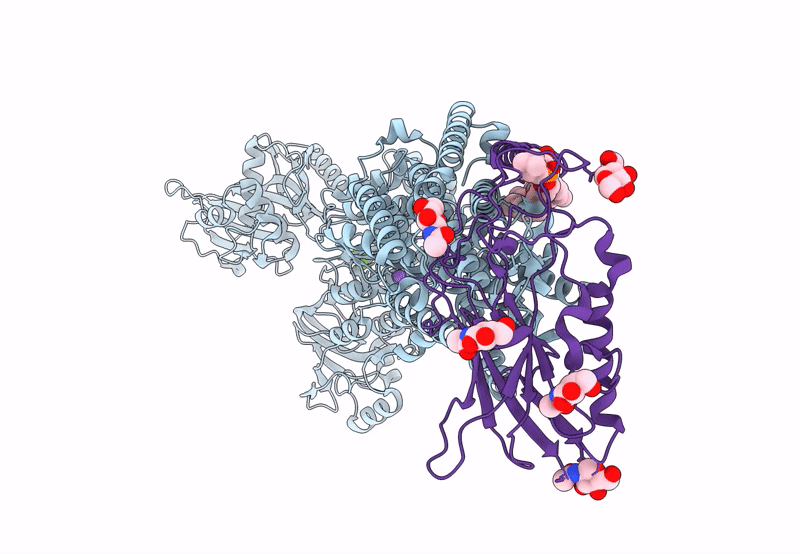
Deposition Date
2023-09-07
Release Date
2023-11-29
Last Version Date
2024-11-06
Entry Detail
PDB ID:
8WA5
Keywords:
Title:
Cryo-EM structure of the gastric proton pump Y799W/E936Q mutant in K+-occluded (K+)E2-AlF state
Biological Source:
Source Organism:
Sus scrofa (Taxon ID: 9823)
Host Organism:
Method Details:
Experimental Method:
Resolution:
2.51 Å
Aggregation State:
PARTICLE
Reconstruction Method:
SINGLE PARTICLE


